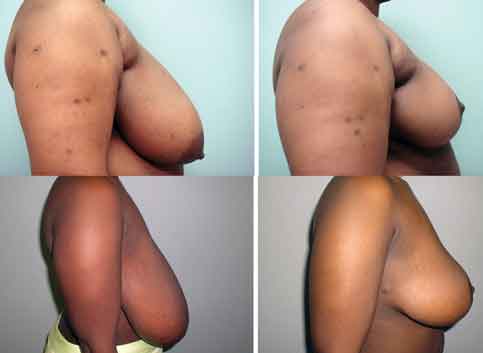Please tweet and retweet
Seborrheic keratoses are common superficial skin tumors made up of immature superficial skin cells and sometimes referred to as warts. They usually develop after the age of 50, but they can also appear in young adulthood. There is a genetic predisposition to develop a high number of seborrheic keratoses, although the precise inheritance pattern is unknown. Their cause is unknown but UV radiation/sun exposure or human papillomavirus (HPV) infection are suspected. They have well defined borders and are well-demarcated, round or oval skin lesions with a dull, uneven cauliflower like surface and a typical stuck-on appearance. Over time they can grow and become darker in color. Virtually everyone will have these if they live long enough.


They generally do not cause any symptoms, but chronic irritation due to friction trauma may occasionally cause itching, pain, or bleeding. The diagnosis of seborrheic keratosis is usually based on their appearance of being "stuck on," warty, distinctly margined, often scaly dark superficial skin lesions located most commonly on the trunk, face, and upper extremities but they can occur anywhere that you have skin including the scalp. Since they are benign and slow growing health insurance does not cover their removal unless there is a suspicion of skin cancer or the keratosis becomes infected etc. While most are clearly visible as keratoses some keratoses are hard to differentiate from a cancer in which case a biopsy is required to know for sure.
The most common treatment is freezing (cryotherapy) followed by shaving, excision, electrodessication (burning with an electric current) or burning it off with a laser. Other than shaving or excision the other methods of treatment destroy the tissue so a definitive diagnosis under the microscope is not possible. Also each of these methods of removal leave a scar. Cryotherapy also removes skin pigment leaving you with a visible white spot so its use is limited in darker skinned individuals.
A new treatment has recently been FDA approved and is now available in the US.
Eskata is a 40% hydrogen peroxide solution dispensed in a pen brush applicator. 2 applications (4 times each 1 minute apart per visit) 2 to 3 weeks apart completely removes most seborrheic keratoses and the results I have seen are remarkable. It is like a pencil eraser for keratoses. The most common side effects of ESKATA include itching, stinging, crusting, swelling, redness and scaling. It is only available in doctors' offices for application by doctors wearing gloves because it cannot be applied to mucous membranes, causes significant scarring if applied to normal skin and is extremely dangerous if it gets in/on your eyes.
Call today for a consultation!
310-246-0537
Dr. Aaron Stone - Plastic Surgeon Los Angeles
Dr. Stone's Twitter
Dr. Stone's Facebook











